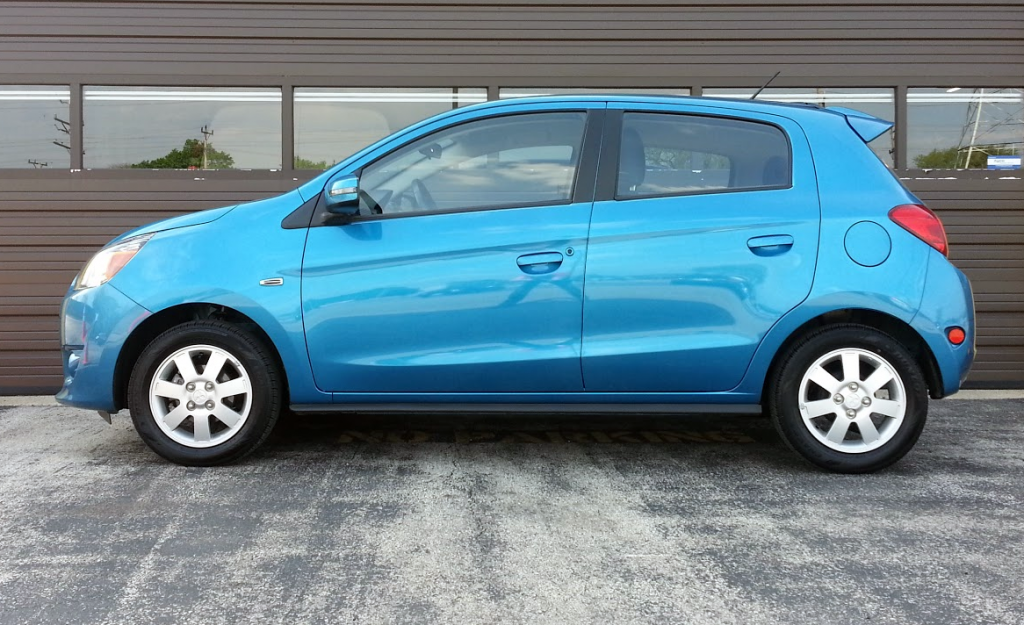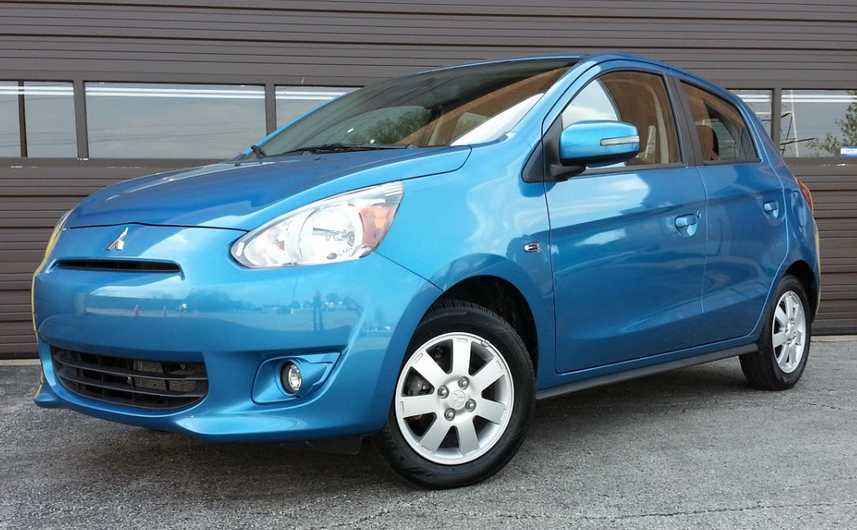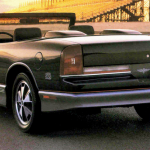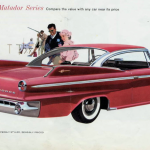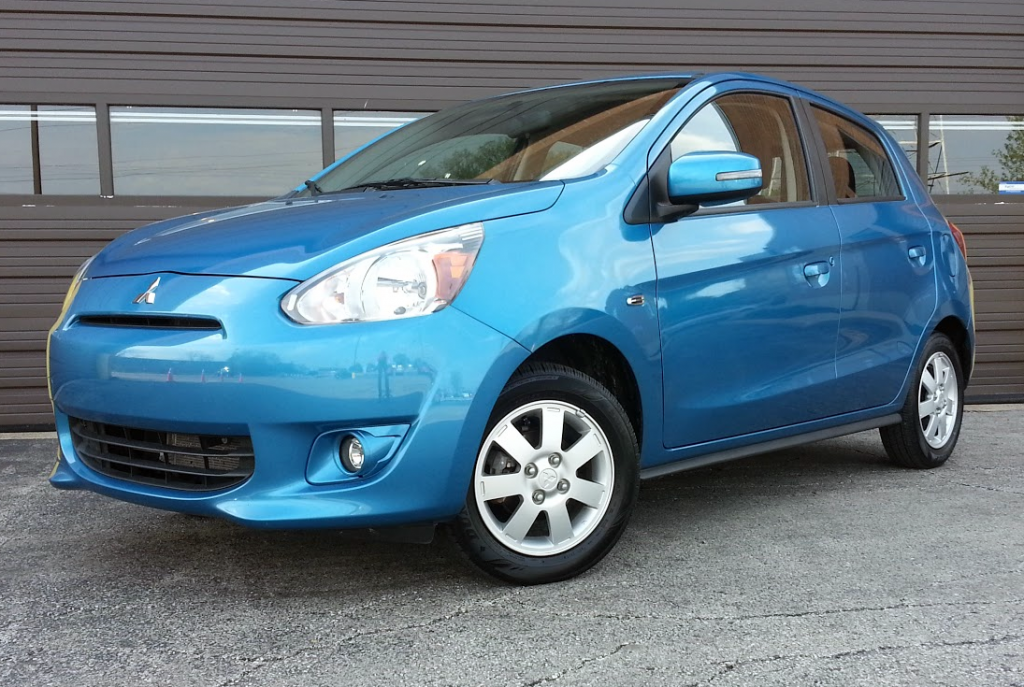
 2015 Mitsubishi Mirage ES
2015 Mitsubishi Mirage ES
Class: Subcompact Car
Miles Driven: 376
Fuel Used: 9.9 gallons
Real-world fuel economy: 38.0 mpg
Driving mix: 15% city, 85% highway
EPA-estimated fuel economy: 37/44/40 (city, highway, combined)
Base price: $15,395 (not including $810 destination charge)
| CG Report Card | |
|---|---|
| Room and Comfort | D |
| Power and Performance | D- |
| Fit and Finish | D |
| Fuel Economy | A |
| Value | C |
| Report-card grades are derived from a consensus of test-driver evaluations. All grades are versus other vehicles in the same class. Value grade is for specific trim level evaluated, and may not reflect Consumer Guide's impressions of the entire model lineup. | |
Options on test car: None
Price as tested: $16,205
Quick Hits
The great: Impressive fuel economy for a non-hybrid vehicle
The good: Low base price
The not so good: Cramped cabin, lackluster acceleration, general lack of refinement
More Mirage price and availability information
John Biel
We understand the allure of a decent warranty and the celebrated “new-car smell,” but you’d have to want those things really badly to choose a 2015 Mitsubishi Mirage over a decent late-model used car of another kind in the same price range. In fact, there are better new-car choices available for about the same money it would cost to put up with Mitsu’s slow, noisy, and plain subcompact hatchback.

By “plain” we mean in terms of surroundings. The body is devoid of any kind of eye-catching detail or trim, and the interior is an unrelenting expanse of hard plastic and black cloth. In terms of features, a Mirage ES—the, ahem, top-shelf model that Consumer Guide® tested—doesn’t do too badly for itself. The ES’s fog lights, turn signals in the side mirrors, alloy wheels, 6-way adjustable driver’s seat, leather-wrapped steering wheel and shifter knob, chrome interior door handles, Bluetooth connectivity, steering-wheel controls for various systems, passive-entry system, and push-button start add to across-the-board features like a rear spoiler, color-keyed door and tailgate handles, power mirrors, power windows and locks, automatic air conditioning, tilt steering wheel, and AM/FM/CD/MP3 audio system. And, hey, don’t forget the big glove box.
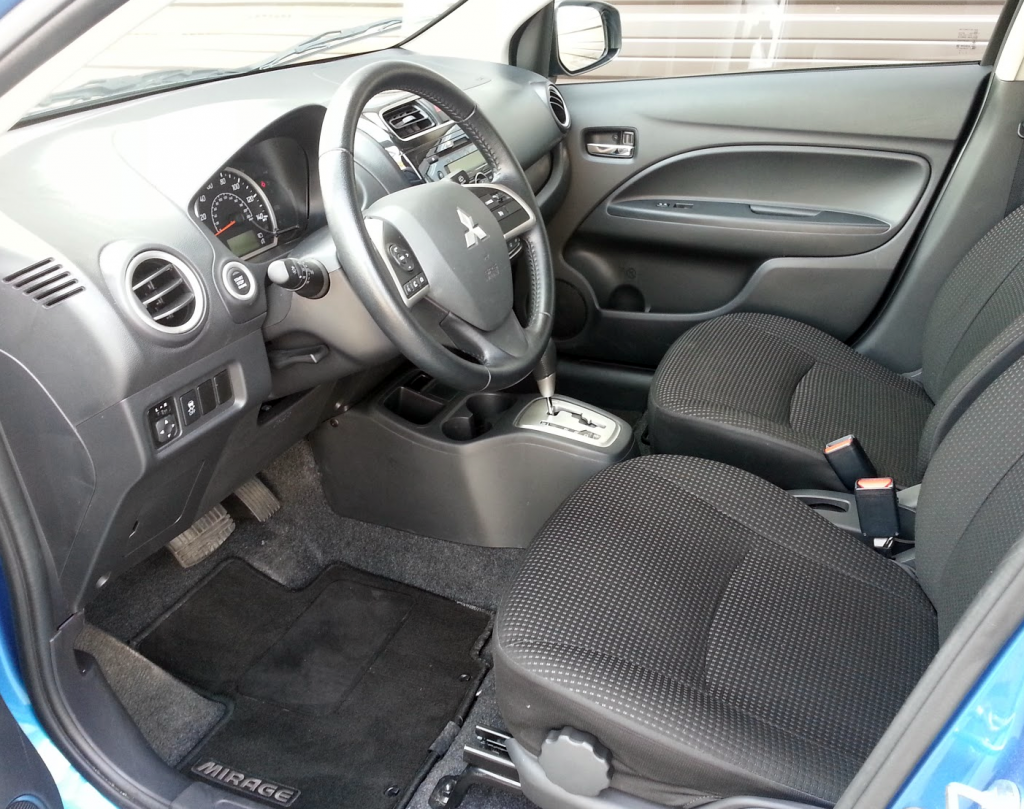
However, carting all this—and you—around is a 1.2-liter 3-cylinder engine rated at 74 bhp and 74 pound-feet of torque. This put-upon powerplant vibrates the whole works at idle, strains to make power, and groans in some sort of chronic mechanical pain at steady highway speeds. You don’t drive the Mirage so much as sympathize with it. A contributing factor to this distress is the continuously variable CVT automatic transmission that is available in place of a 5-speed manual gearbox; it just lets the engine grind on in its audible agony, its only apparent purpose being to relieve the driver of the need to change gears. Ride is choppy over bumps and handling is uninspiring. At least the Mirage can work its way into most any parking space that you can find for it.
You would think that the payback for this would be realized at the gas pump. It is on paper, and depending on how you drive, maybe on pavement, too. The EPA rates the Mirage at 37 mpg city and 44 highway, with a combined figure of 40 mpg. This driver put 69 miles on the car, 75 percent of that under city conditions, and averaged 27.9 mpg. Note that editor Tom saw much higher mileage numbers, but he was really trying. You can check out his story here.
I Break the 50 MPG Barrier Driving Through Wisconsin. It Was Hell.
There’s acceptable room for 4 adults. (Three subteens might be able to fit across the back seat, but 2 adults is the practical limit.) Seat support is none too cosseting, however. Controls are easy to reach and old-school easy to use. However, at night, the instrument display registers in a flaring orange that makes the digital readouts for things like the odometer and radio face extremely difficult to read. The console holds 3 molded cup holders, 2 in front and 1 at the back over which rear passengers undoubtedly must flip a coin. Aside from the aforementioned glove box, a small open bin under the dash and long door pockets with bottle holders serve front-seat passengers. In the rear seat, um, well there is that cup holder. . . .
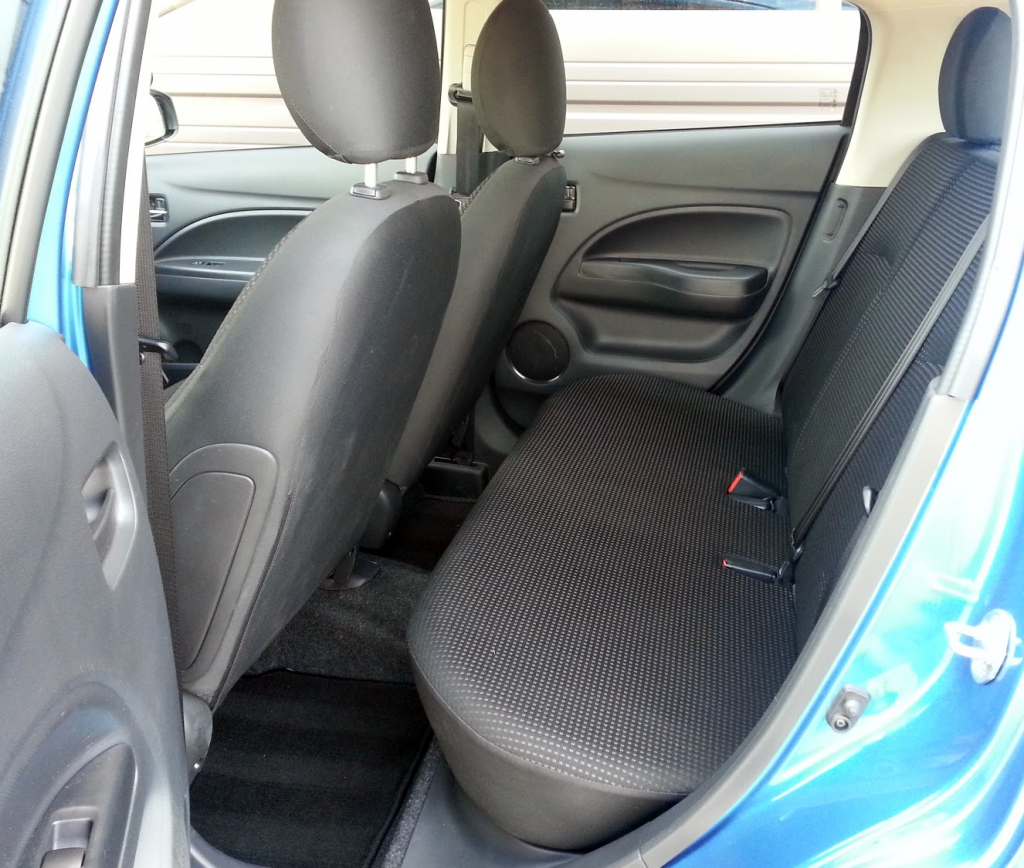
Rear cargo-area capacity is fairly limited, though that’s not something peculiar to the Mirage. It’s a very small car. So are its chief rivals. Taking my official test offspring to the airport after a Thanksgiving visit, his lone medium roller bag filled the floor space. A couple singletons or empty-nesters might get a week’s worth of groceries behind the rear seats. The seats do fold in a 60/40 split, albeit not flat, and at several inches above the height of the cargo floor.
The CVT-equipped Mirage ES that CG tried out came to $16,205 delivered, with no options. (The only factory option for the ES is a navigation-system/rearview-camera package, but dealer-installed accessories are on offer.) However, that’s a near match for a Chevrolet Spark 2LT with things like a brighter interior, satellite radio, MyLink infotainment system, OnStar assistance system, and a 4-cylinder engine with 10 more horsepower and 9 additional pound-feet of torque. The Mirage does have a generous 10 years or 100,000 miles limited powertrain warranty (the Spark is covered for 5 years or 100,000 miles) but the notion of taking advantage of that by driving a Mirage for a decade is just too painful to contemplate.
Test Drive: 2014 Mitsubishi Mirage ES
